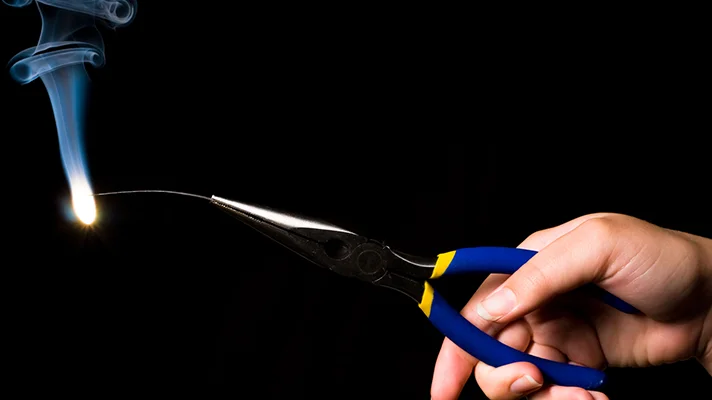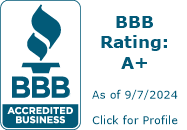Secure your future with Farm Insurance!
Working with Combustible Metals

If you had to create a fire hazard that ignites easily in nearly all forms, burns vigorously, and is difficult to extinguish, you would have magnesium or titanium. Magnesium and titanium both create very unique and severe fire risks for any operation that machines, handles, or stores these materials. Magnesium and titanium are easy to ignite and burn very hot and completely, sometimes causing explosions or melting into metal fires that spread.
To compound matters, normal fire extinguishing agents or water do not extinguish these fires and can actually make them more intense. Magnesium and titanium are easy to ignite, burn very hot and completely, and are very difficult to extinguish in nearly every form. Never overlook the risk regardless of the form or amount of magnesium or titanium that is processed.
Storage and Processing
- Ingots or scrap must be stored in a dry area away from other material that can react with magnesium or titanium. This can include oils and water.
- No other combustible material should be stored within 25 feet of raw or waste material that is being stored. Keep away from metal oxides or reactive material.
- Combustible chips, fines, or swarf must be stored in metal containers with tops and removed to a safe area daily.
- Check carefully with the supplier and only use coolants that are compatible with the metal.
- Machine tools must be kept sharp and ride properly to reduce friction between the tool and part. When working with magnesium, back the tool off as soon as the cut is finished to reduce heat on the metal surface.
- Chips and fines must be captured in a pan or container that can be removed from the machine. Magnesium chips or fines must be captured at the point of operation and continuously removed to prevent material buildup near the cutting area, where heat can be generated.
- Specialized drills and angles must be used to control heat if magnesium is drilled and the depth of the hole is more than 5 times the drill diameter.
- When magnesium or titanium parts are ground on grinding machines, relocate the wheel to a safe area before dressing it in the event that residue on the wheel ignites.
Extinguishing Methods
- The best practice is to reduce the fire risk by controlled ignition sources and fuel loads. If a fire occurs, special methods must be used to control the fire.
- Never use water or water-based extinguishing agents on a combustible metal fire. Some extinguishing agents can even intensify burning to the extent that explosive hydrogen gas is released into the air. Dry chemical ABC multi-purpose extinguishers must never be used. This includes not using halon, foam, nitrogen, or clean agents.
- Only fire extinguishers with Class D agents can be used on combustible metal fires.
- Another acceptable method to control an incipient magnesium fire involves circling the fire with a dam of dry sand, non-reactive material, or Class D material. This is appropriate for smaller fires.
Download This Article
Additional Safety Topics
We've Got You Covered!
We offer Farm Lines Insurance in five states: Ohio, Michigan, Illinois, Indiana, and Wisconsin.
Secure your future with Farm Insurance!
Hastings Insurance Company
404 E. Woodlawn Ave.
Hastings, MI 49058
Monday-Friday
8:00 a.m. - 4:30 p.m. (EST)
(800) 442-8277
Terms of Use and Privacy Statement© Hastings Insurance Company. All rights reserved.



